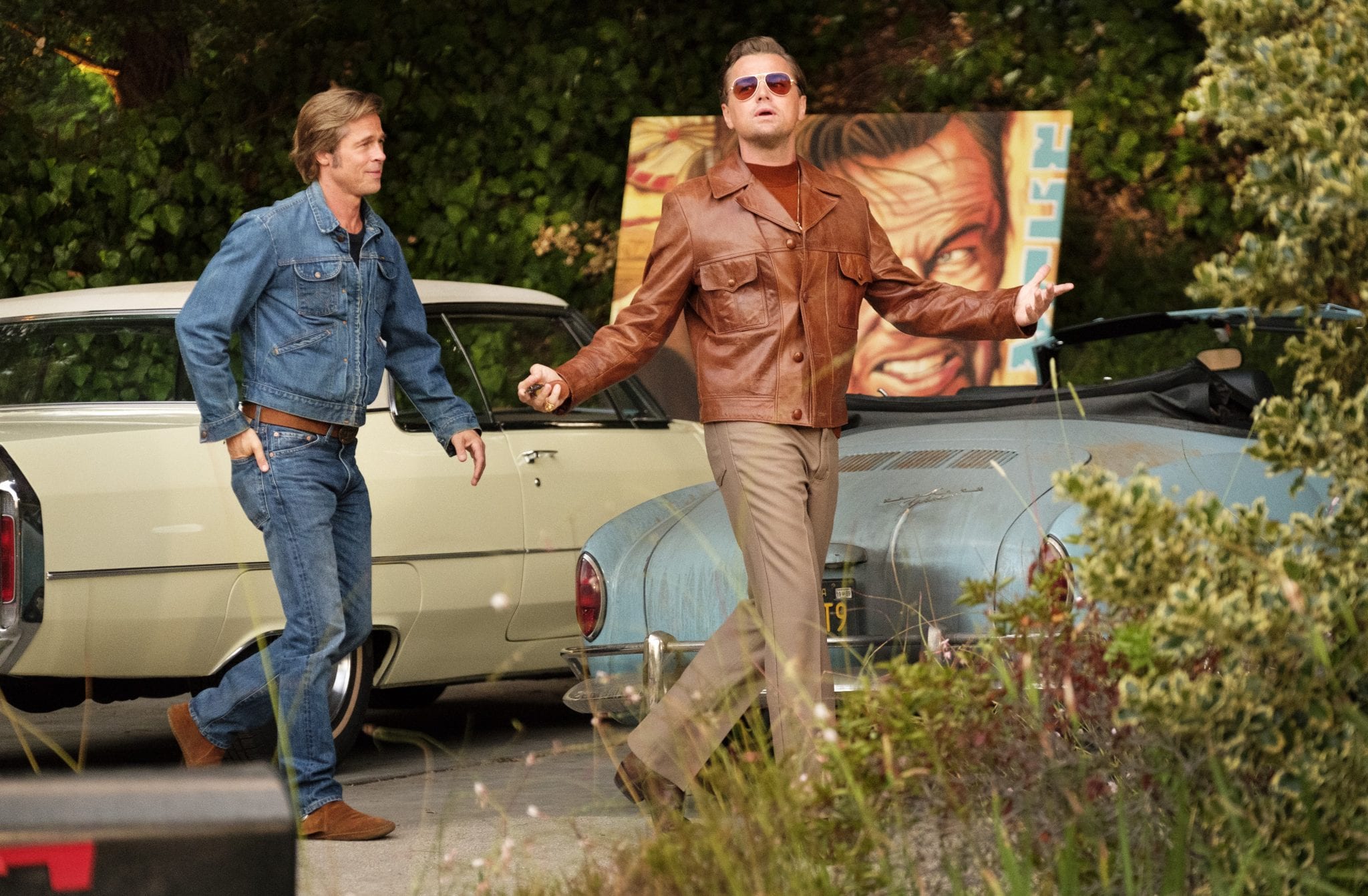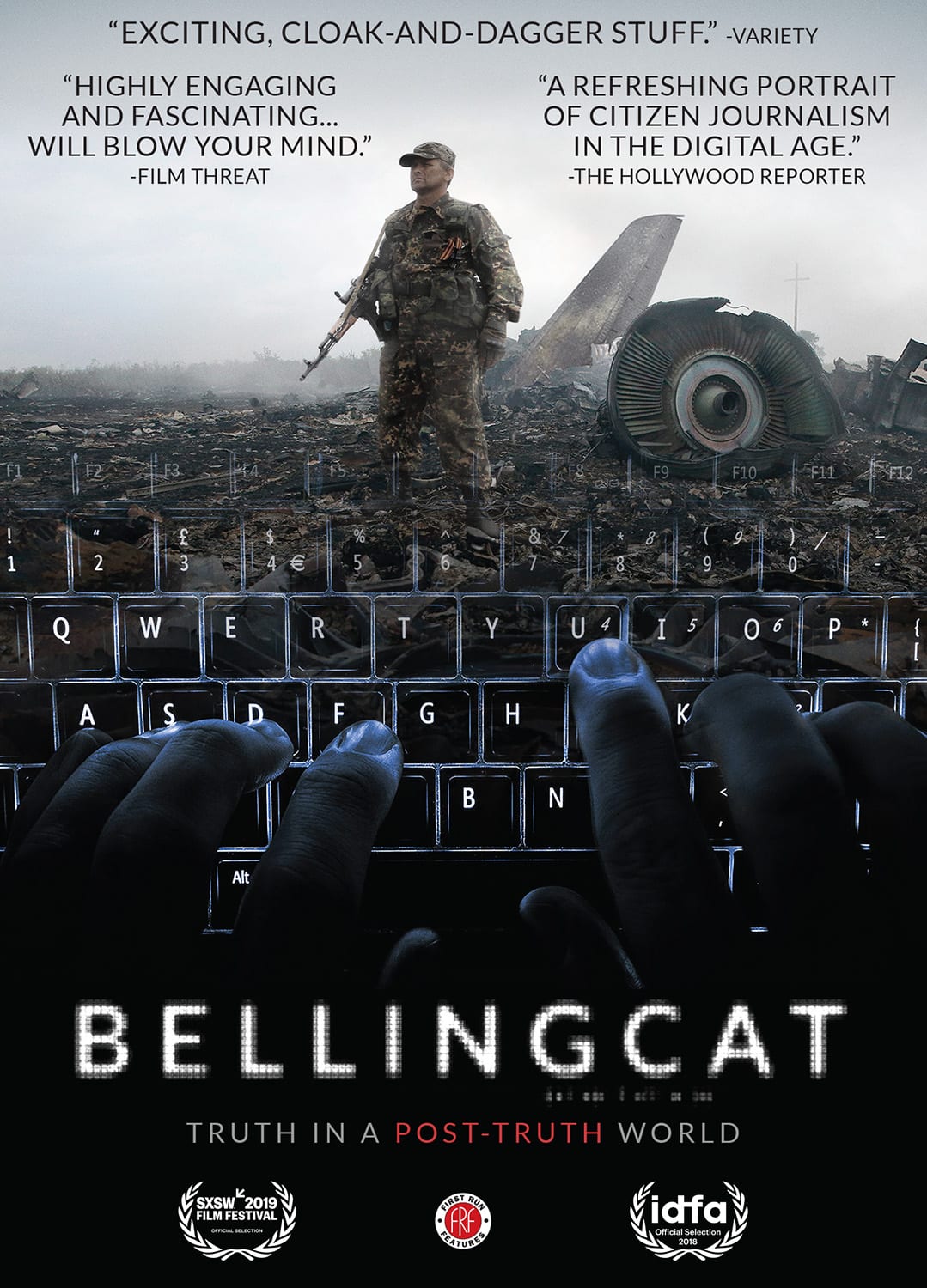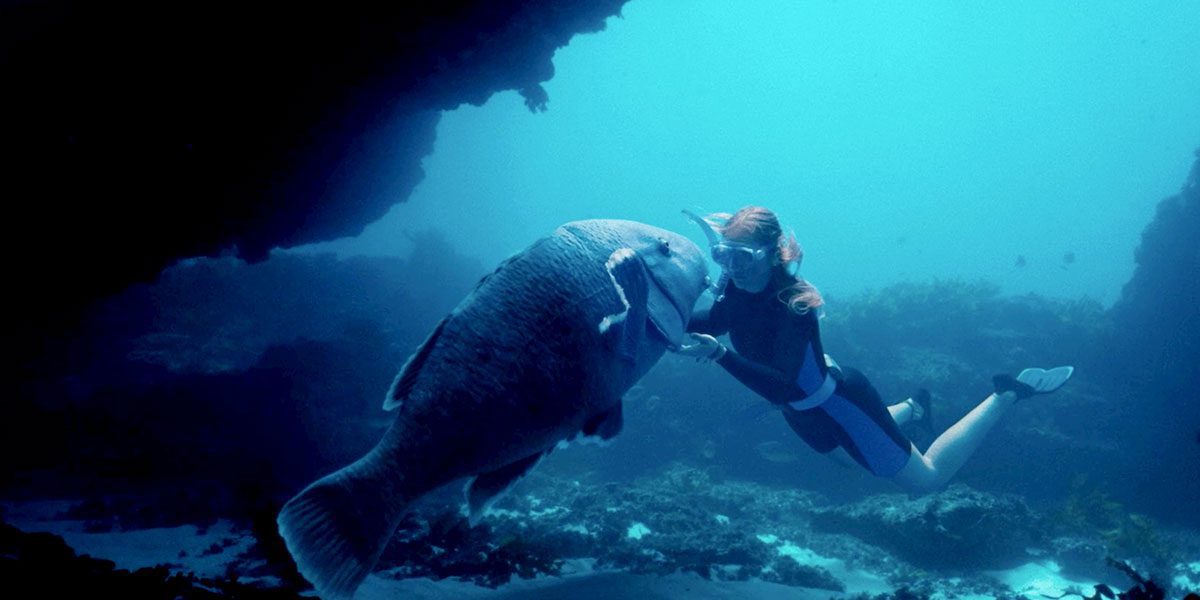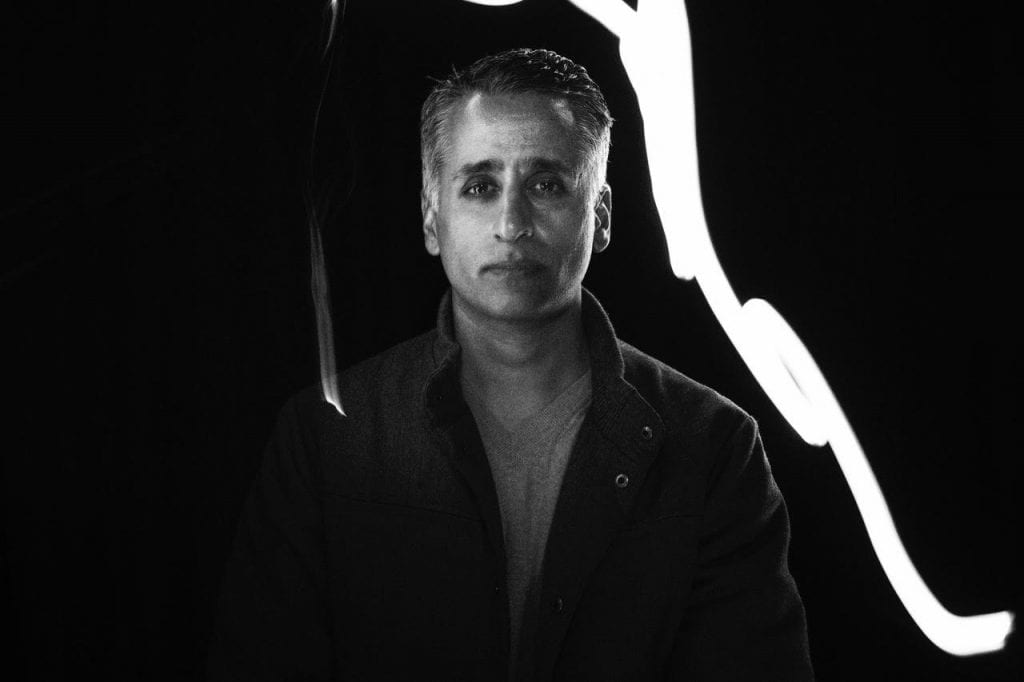 Directed by Sanjay Rawal, 3100: Run and Become?follows Ashprihanal Aalto, an unassuming Finnish paperboy, and Shamita, an Austrian cellist, in their attempts to complete the?3100 Race for Self-Trancendence, the world?s longest certified footrace. Each year, a small group of competitors come from all over the world to run a distance that totals 3,100 miles in 52 days.?Using Ashprihanal and Shamita?s?3100?quest as an overall framework, the film pulls the camera back to examine places around the world where ancient cultures have held running sacred for millennia: the Kalahari Desert, Arizona?s Navajo Reservation, and to the mountain temples of Japan. Having been a runner in his youth, Rawal knew instantly that there was something different about this particular marathon that attracted competitors.
Directed by Sanjay Rawal, 3100: Run and Become?follows Ashprihanal Aalto, an unassuming Finnish paperboy, and Shamita, an Austrian cellist, in their attempts to complete the?3100 Race for Self-Trancendence, the world?s longest certified footrace. Each year, a small group of competitors come from all over the world to run a distance that totals 3,100 miles in 52 days.?Using Ashprihanal and Shamita?s?3100?quest as an overall framework, the film pulls the camera back to examine places around the world where ancient cultures have held running sacred for millennia: the Kalahari Desert, Arizona?s Navajo Reservation, and to the mountain temples of Japan. Having been a runner in his youth, Rawal knew instantly that there was something different about this particular marathon that attracted competitors.
?[In 1997,] I actually moved as a 21-year-old from northern California to New York City and I ended up in the same neighborhood as the 3100,? Rawal begins. ?I came to New York for Grad school, but I had friends that were students of the founder of the 3,100, Sri Chinmoy. So, I ended up… following Sri Chinmoy. I was a runner in college and high school and the 3,100-mile race just scared the daylights out of me. I wasn’t even inclined to run a marathon in those days much less two plus marathons a day. As I kind of became more mature, got involved with human rights and got into film about eight or nine years ago, I realized there’s something exceptionally fascinating happening in that race.?
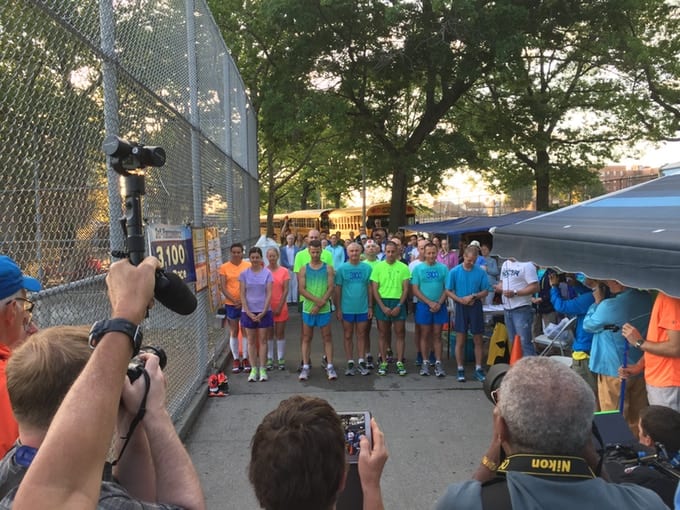 ?Physical power and mental will don’t really mean anything there. I noticed passively that everybody that had entered the race, and particularly those that had done well, came from various traditions but they all came with this deep belief that that run was going to make them a better person. It was literally like they approached the run as a pilgrimage.??
?Physical power and mental will don’t really mean anything there. I noticed passively that everybody that had entered the race, and particularly those that had done well, came from various traditions but they all came with this deep belief that that run was going to make them a better person. It was literally like they approached the run as a pilgrimage.??
With this in mind, Rawal believes that these runs offer participants something far more profound than simply competition. Over the centuries, he recognizes that our faith as a culture has frequently been explored through the intimate connection between body and spirit.
?Our film at its basis is exploring the intersection of faith and the physical body and, in so many traditions, there’s a history of combining the two,? says Rawal. ?Obviously, in Christian traditions, the notion of pilgrimage and allowing your body to take part in the soul’s journey. At the same time, The San Bushmen have been around for 125,000 years and they remarked to us that, in their beliefs, consciousness and the physical body evolved together? The body’s original role was to express that consciousness but also to allow the consciousness to grow. So, for them, they see the most primal and innate form of human spirituality is utilizing all the tools that that, in their words, ?The Creator? has given us? The body has to be part of our spiritual life and, running, dance or these activities that connect our feet with our breath, heart and our spiritual beings are one of the most ancient forms of spiritual practice??
Given the daunting task of running for weeks on end, one could be forgiven if they wondered why anyone would want to do it at all. However, Rawal recognizes that, despite the fact that the race may have begun as a competition, it has become something that attracts people due to its spiritual implications.
 ?I think that the reason [that people want to do it] has changed over the 22-year history of the race,? he explains. ?The first people that that ran it in the late nineties tended to be like professional or semi-professional athletes that saw this as the pinnacle of distance running. It still is the longest certified race in the world. Across the years though, I think people realized that the race kind of afforded a very unique opportunity. Because it’s on a contained half mile loop with no traffic other than foot traffic, you don’t have to worry about [the basic essentials] like you would if you were running across Canada or the United States. So, you could literally go beyond your mind by not having to worry about logistics. You don’t have to worry about distance. You enter into what sport scientists call the ‘flow state’? I’ve seen it across traditions that there’s something deeply embedded in our physiology where, after a few days of body kind of getting used to pushing itself to those limits, it enters into a zone where people have these exceptional, very lucid, absolutely non-hallucinatory experiences? I actually think there’s a physiological basis for that. It’s not just the discipline or the mental or psychological rigor.??
?I think that the reason [that people want to do it] has changed over the 22-year history of the race,? he explains. ?The first people that that ran it in the late nineties tended to be like professional or semi-professional athletes that saw this as the pinnacle of distance running. It still is the longest certified race in the world. Across the years though, I think people realized that the race kind of afforded a very unique opportunity. Because it’s on a contained half mile loop with no traffic other than foot traffic, you don’t have to worry about [the basic essentials] like you would if you were running across Canada or the United States. So, you could literally go beyond your mind by not having to worry about logistics. You don’t have to worry about distance. You enter into what sport scientists call the ‘flow state’? I’ve seen it across traditions that there’s something deeply embedded in our physiology where, after a few days of body kind of getting used to pushing itself to those limits, it enters into a zone where people have these exceptional, very lucid, absolutely non-hallucinatory experiences? I actually think there’s a physiological basis for that. It’s not just the discipline or the mental or psychological rigor.??
Around the world, he also claims that the relationship between running and spiritual connectivity is a piece of our common human experience.
?I think that the character that expressed it best was Sean Martin, the Navajo character, [who said that,] ?Running is a form of prayer,? Rawal continues. ?The feet are on Mother Earth. We’re breathing in Father Sky. We’re praying to the holy people for their blessings. The bushmen feel like, when they run, they are speaking to the ancestors and the Creator? Running allows us to get through the hardships of life and it teaches us about ourselves? It’s a chance to connect with other people and reconnect with the world. You see that in the few traditions that still have the idea of pilgrimage, whether it’s the hajj to Mecca or the Catholic pilgrimages. It’s not a solitary experience. You realize that faith is not the sole monopoly of any individual or any particular tradition. Faith, in essence, is like a bank. We’re all depositing into the same bank and drawing from the same thing. These experiences of pilgrimage make you realize that there is a true oneness amongst spiritual seekers.?
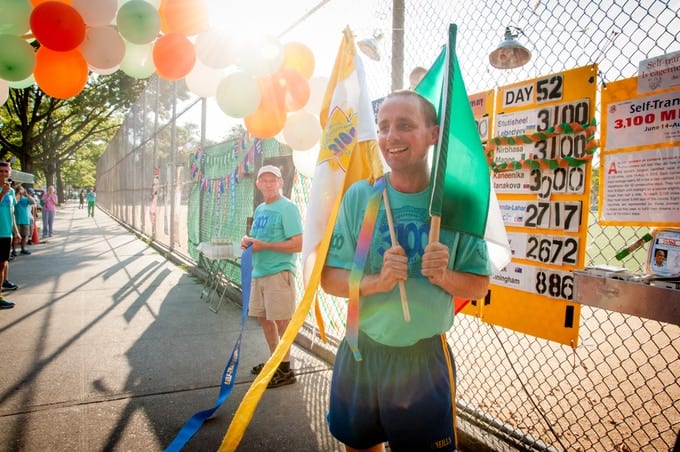 Interestingly, the unique spiritual aspect of the race completely changes the way in which the competitors view their experience.
Interestingly, the unique spiritual aspect of the race completely changes the way in which the competitors view their experience.
?There was a gentleman who did the race this last summer named Kobi Oren,? he answers. ?He was Jewish from Israel and one of the best specialty runners in the world. He came into the race with the idea of it being a race. He was running his own race and, after about a 1000-1500 miles, he realized that this wasn’t a race, this was a pilgrimage. The miles didn’t matter. The journey didn’t matter. Each moment in the race was a ritual. It’s not about getting to a distance alone. It’s about how you experience each moment and how you kind of manifest your goodness in each moment. Do you take each step for what it’s worth? Each step is an affirmation or gives you an opportunity to point your mind in the right direction. It’s like the race isn’t a series of miles. It’s a series of opportunities.?
According to Rawal, the opportunities presented in this race speak to our innate desire to set out on pilgrimages. Whether to the holy sites of Mecca or walking the Catholic Labyrinth, he feels that physical movement is a piece of our historical expression of faith.
 ?We go on pilgrimages, I believe, because we want a direct experience of transformation,? Rawal argues. ?Obviously, it’s not sightseeing. It’s not cultural. You want to be transformed. You want to come out of it as a different, more insightful or a better person than when you started. People from experience say [that] if you do this particular route at this particular time with this particular intention gathered from esoteric or mystical traditions, you will have a better chance of that transformation. At the same time, there are cultures, particularly indigenous cultures, that looked to have that experience of pilgrimage every day. For Sean Martin and the Navajo, Canyon Chelly is one of the holy sites of the Navajo people. It’s literally a nature-born shrine so moving through it is an act of pilgrimage? If you run or walk through those areas with that kind of codified intention, you can have the experience daily of transformation.??
?We go on pilgrimages, I believe, because we want a direct experience of transformation,? Rawal argues. ?Obviously, it’s not sightseeing. It’s not cultural. You want to be transformed. You want to come out of it as a different, more insightful or a better person than when you started. People from experience say [that] if you do this particular route at this particular time with this particular intention gathered from esoteric or mystical traditions, you will have a better chance of that transformation. At the same time, there are cultures, particularly indigenous cultures, that looked to have that experience of pilgrimage every day. For Sean Martin and the Navajo, Canyon Chelly is one of the holy sites of the Navajo people. It’s literally a nature-born shrine so moving through it is an act of pilgrimage? If you run or walk through those areas with that kind of codified intention, you can have the experience daily of transformation.??
In fact, Rawal further notes that pilgrimages need not only take place over long distances. He also realizes that, because we have lost this sense of the spirit in the West, our culture can begin to reclaim its beating spiritual heart by choosing to be present in the moment.
?We don’t have that kind of sacredness in our outer lives in the modern West. For example, in India, Europe or some of the more ancient places, there are traditions of visiting certain churches or temples and even walking around them? It’s like a daily pilgrimage. I found that [running] with that intention makes the world the shrine. You can run down a street because, as the Navajo say, your feet are still on Mother Earth. You still breathing in Father Sky, but are you asking the holy people for their blessing? If you’re just running with your watch or your music, you’re not. If you just walk into the church because there’s a good espresso place by it, that’s not the same thing. The idea of turning everyday life into pilgrimage is like a return to the sacred traditions that sustained us.??
For full audio of our interview with director Sanjay Rawal, click here.
3100: Run and Become?is in select theatres now.



